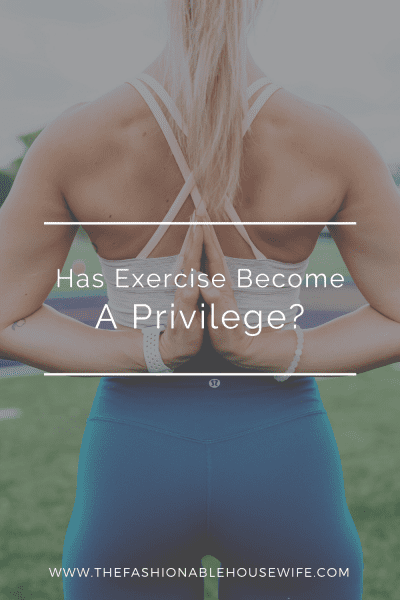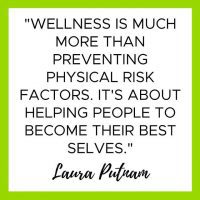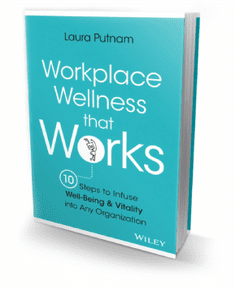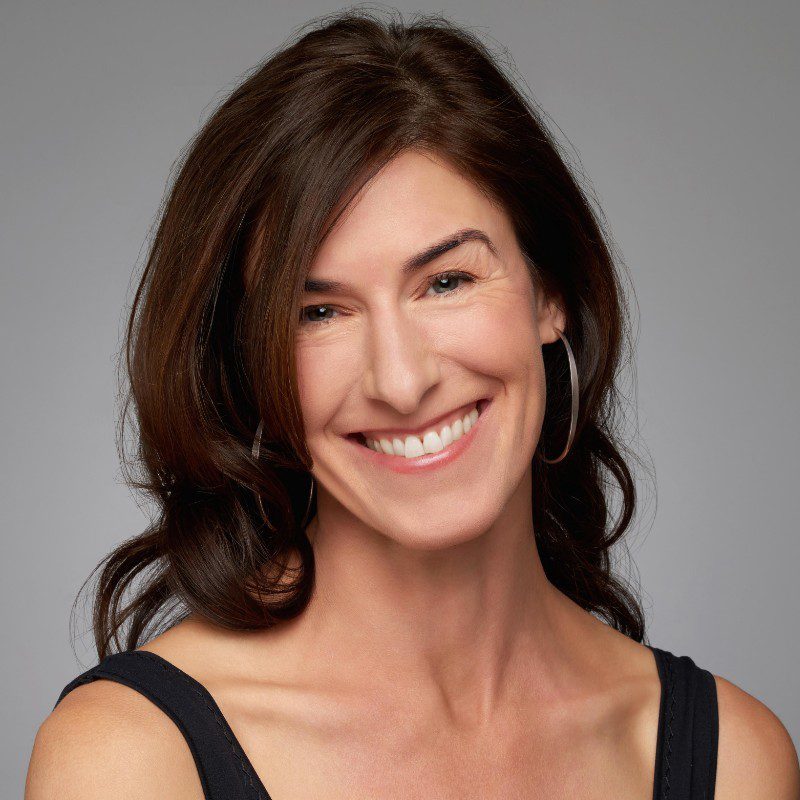
By Laura Putnam

In an era of self-help books, yoga pants and high-tech fitness gadgets, getting healthy has never been easier, right? Wrong.
Over the past decade there has been no shortage of money spent on fitness. In 2018, the fitness industry generated $92 billion worldwide, and it’s projected to reach $106 billion by 2020, according to a State of the Industry report. While you might think that would lead to healthier lifestyles, The National Center for Health Statistics indicates that while millions of dollars have gone toward fighting obesity, the average American has packed on 15 pounds. If that’s not telling enough, self-help and fitness books have single-handedly increased non-fiction sales by 9 per cent, while catchy slogans like “sitting is the new smoking,” have done little to get Americans off the couch with the average American sitting 10 hours a day.
While health officials and experts have spent years trying to understand this perplexing situation, is it possible that our efforts to promote an active lifestyle are not only falling short, but might actually be making things worse?

Arguably, this growing industry has paradoxically made exercise more difficult for millions of Americans by putting profits ahead of people. Fitness clubs like Curves which sought to make fitness more approachable for women of all shapes and sizes, have been supplanted by intimidating and overpriced facilities like Soul Cycle. And, if you want to work out at home, Peleton is a must have. But, who can afford a Peleton with a starting price of $2,245, plus an additional $39 monthly membership fee? Perhaps more importantly, who can live up to Peleton’s aspirational images of airbrushed people with multimillion-dollar views? Or how many of us can afford to exercise if what’s required is a $400 outfit and $200 shoes? Nearly half of Americans don’t even have an extra $400 on hand to cover the cost of an emergency—and that was before the economic impact of the coronavirus.
Like many social issues, the inaccessibility of exercise and movement begins at a young age. This is most apparent in underserved schools, where there is not only an achievement gap, but a movement gap. In many underserved schools, physical education and sports are often limited, and in many cases, non-existent. Furthermore, social factors like expectations to care for younger siblings lead many to miss out on the few physical activity opportunities that are available outside of school.

Playing sports at a high level like soccer, historically known as “the people’s sport,” now requires the backing of wealthy parents who are willing to cart their children long distances. Up until about 25 years ago, extracurricular activities such as band, debate club and sports teams, were free. Now, families have to pay for these types of extracurricular activities, at an average cost of $900 per year. Beyond the physical benefits of sports, these types of activities arm kids with invaluable soft skills, such as teamwork, accountability and grit, which in turn raise their projected lifetime income helping them break the cycle of poverty and create healthy habits.
So, what’s needed to help all of us, including our children, to get more active? Taking collective action and investing in our public infrastructure is what needs to happen. The playing field, both literally and figuratively, needs to be leveled – so that exercise is not just a privilege, but a right for all.

Laura Putnam
is a health and wellness expert, public speaker and published author who lives in San Francisco. She has been spent the past decade using her energy and insights to inspire organizations and businesses to think differently about their employees’ health and wellness.
Visit her online at www.lauraputnam.com



